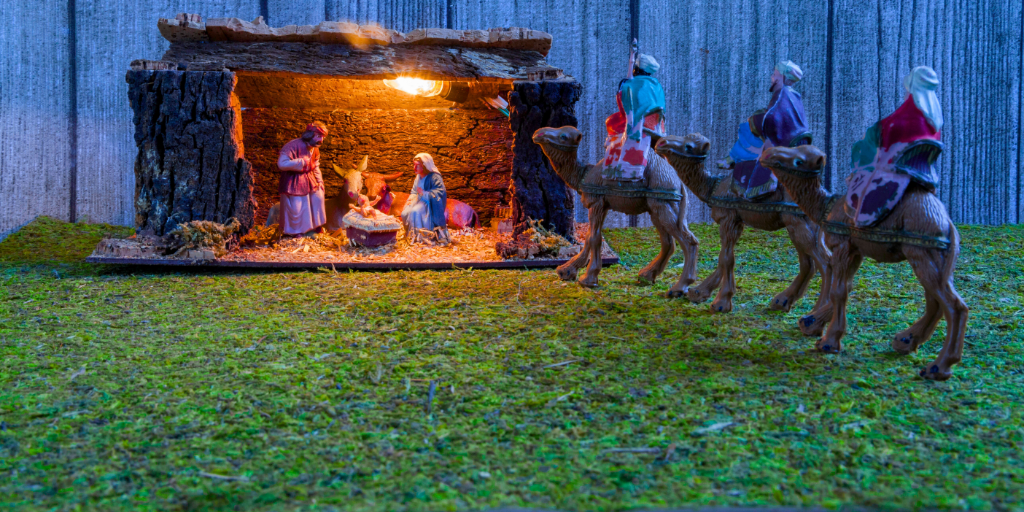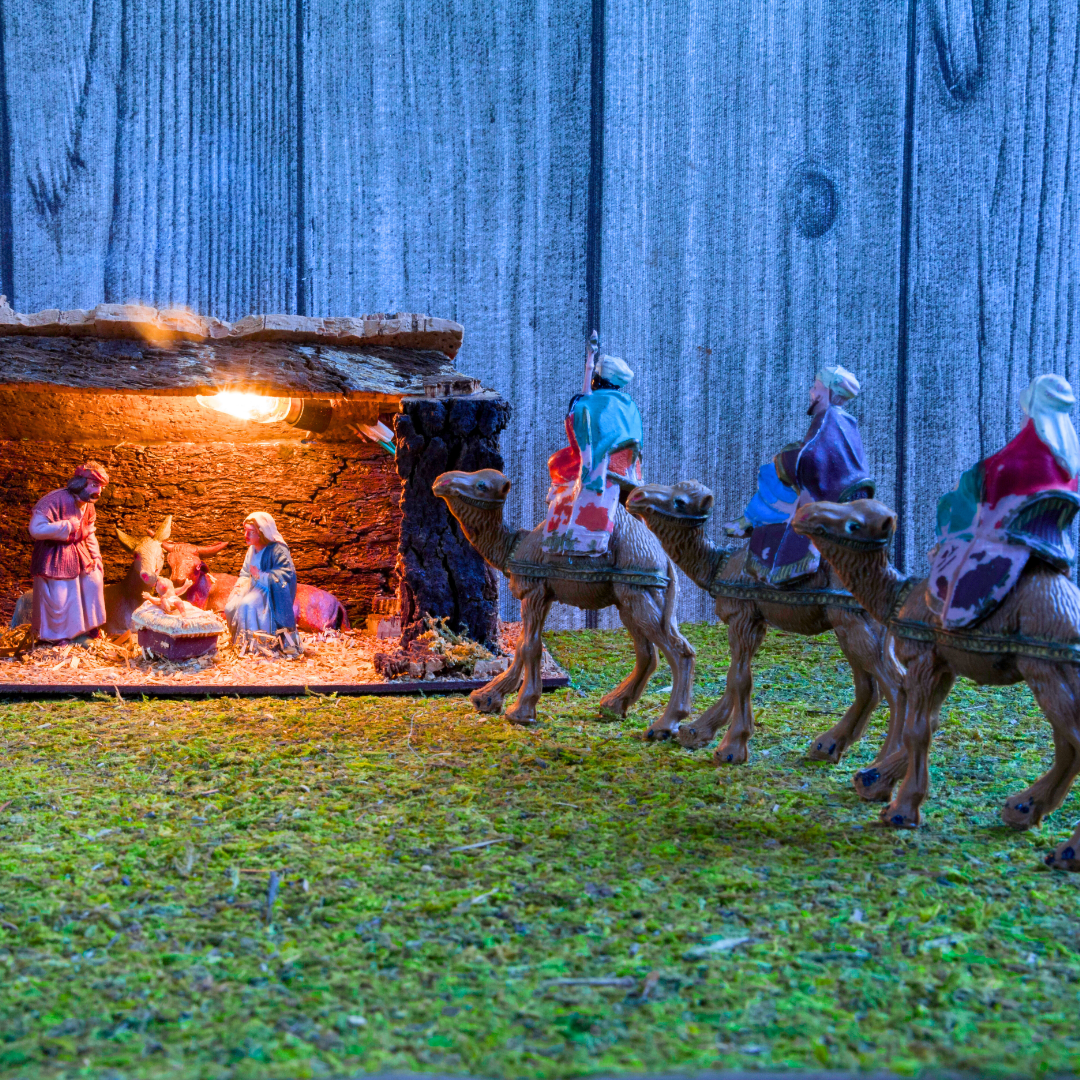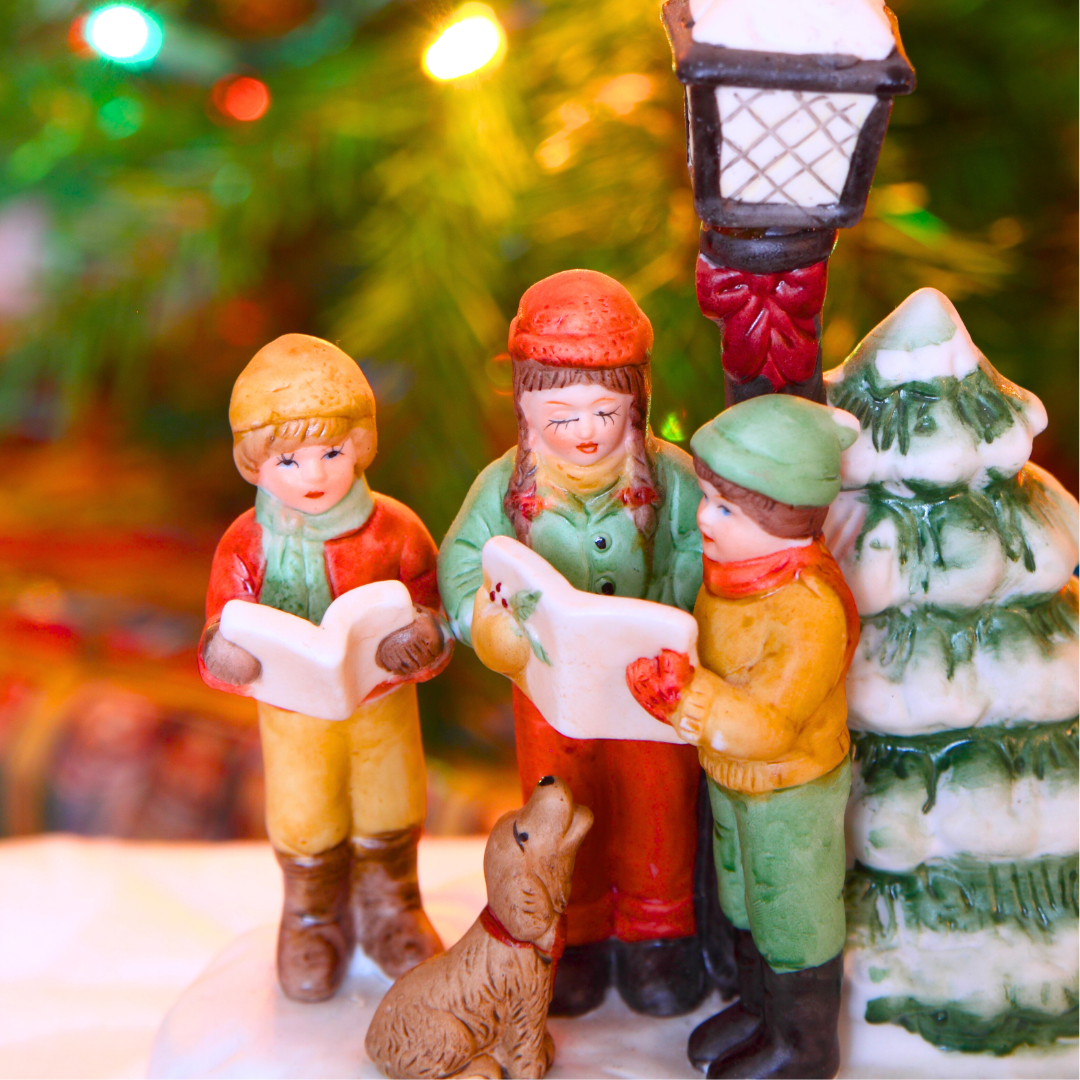
Catherine Mendenhall-Baugh shares the surprising origin story of a beloved Christmas carol.
I’m sure each of us has a favorite Christmas carol that we look forward to hearing during the holiday season.
For me personally, my all-time favorite carol is “O Holy Night.” Don’t let me confuse you. There are many beautiful carols I love to hear at this time of year. However, every time I hear “O Holy Night” I immediately find myself connected to the Christmas story. I believe it reflects everything that is unique and special about the birth of Jesus.
It is the night of our dear Savior's birth
Long lay the world in sin and e'er pining
'Til He appeared and the soul felt its worth
A thrill of hope the weary world rejoices.
The words reflect how powerful the birth of Jesus is to mankind and why. This song, was written in the 1800s reflects so clearly the importance of the story of the birth of Jesus Christ.
Truly He taught us to love one another;
His law is love and His gospel is peace.
Chains shall He break for the slave is our brother;
And in His name all oppression shall cease.
Sweet hymns of joy in grateful raise we,
Let all within us praise His holy name.
Christ is the Lord! O praise His Name forever,
You can imagine my surprise at learning that the origin of this haunting and beautiful carol was surrounded in controversy in its early days.
In 1843 the church organ at Roquemaure of southern France was undergoing renovation. Placide Cappeau, a French poet and wine merchant, was asked by the parish priest to write a poem for Christmas. The priest was anxious to display the restored organ during Christmas Mass with a beautiful song. Placide was thrilled to be asked to write this poem, but wanted just the right music to accompany his words. He asked his friend, Adolphe Adam to create the accompanying music. (Wikipedia )
In 1855 John Sullivan Dwight translated this French poem/song into English. Dwight’s healing, pious and inspiring words tell us, as Father Hunt reflected, about the light brought by the birth of Jesus. (Benjamin Ivry)
The reason for the controversy was because Cappeau, the lyricist, later became an atheist. Adams, the composer, was Jewish. Once it was learned the facts behind how it was written, the Church initially declared it unsuitable. However, the English translation by Dwight became famous in the United States due to the ongoing Civil War.

On Christmas Eve in 1906, sailors were stunned to hear the song on the radio and were enthralled by the beauty of the melody and words. By 1933, this carol became part of music history and Christmas everywhere. (Ann H. Gabhart)
The words of "O Holy Night" continue to be relevant today. “Truly he taught us to love one another” and when “he appeared ... the soul felt its worth.” Whether these words were reflective of the English translation or even inspired by the atheist lyricist, they are essential in describing the celebration of the birth of Jesus.
And the angel said to her in reply, “The holy Spirit will come upon you, and the power of the Most High will overshadow you. Therefore the child to be born will be called holy, the Son of God. (Luke 1:35)
Jesus came to teach us love! We were told by Jesus that the greatest commandment was to love God and love one another. This is how our souls feel worth. Imagine it: a song that goes to the core of the reason we are all here, written by a poet who declared himself an atheist and a Jewish composer, would become one of the most inspired pieces of music ever written.

Copyright 2023 Catherine Mendenhall-Baugh
Images: Canva
About the Author

Catherine Mendenhall-Baugh
Catherine Mendenhall-Baugh (Cathy) completed her education in Special Education and English and now works as an Agent in the Insurance Industry. A mother and Grandmother, Cathy grew up in a large Catholic family and has spent the last 30 years as a caregiver for her husband, Jack. She is a cancer survivor, which inspired her to begin writing.


.png?width=1806&height=731&name=CatholicMom_hcfm_logo1_pos_871c_2728c%20(002).png)
Comments